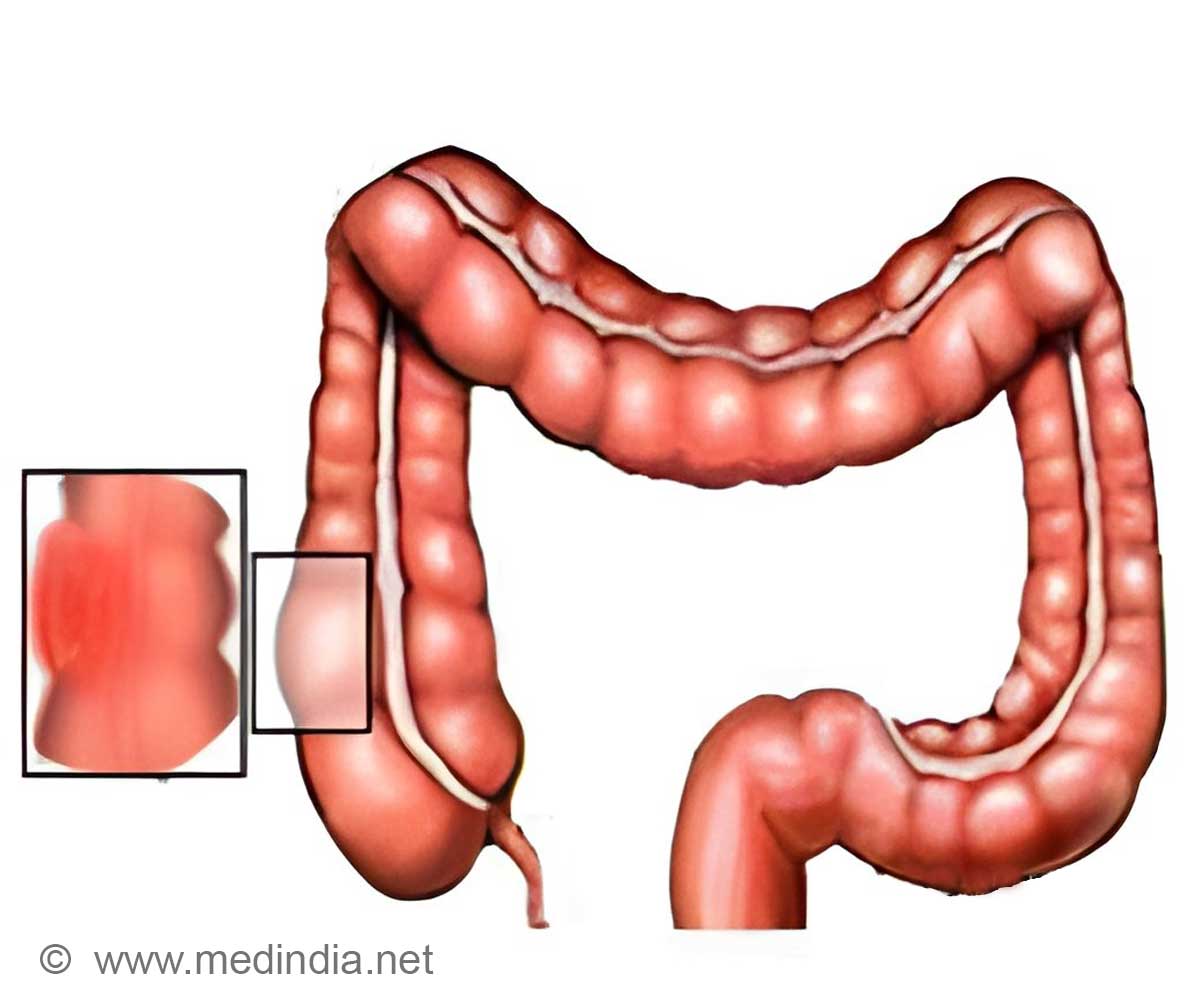GalNAc-T6, an enzyme in diverse proteins has been identified that is absent in healthy colon tissue but is present abundantly in colon cancer cells.

‘Better understanding of glycosylation in cancer cells can help in developing diagnostic tools, drugs and immunotherapies.’





Hans Wandall's team at the University of Copenhagen studied a group of 20 enzymes that initiate the first step in a particular kind of glycan modification, called GalNAc-type O-glycosylation, found on diverse proteins. These enzymes, called GalNAc transferases (GalNAc -Ts) are variously found in different amounts in different tissues, but their functions are poorly understood.Wandall's team, led by then-graduate student Kirstine Lavrsen, found that one of the GalNAc-Ts, called GalNAc-T6, was absent in healthy colon tissue but abundant in colon cancer cells. The report was published in the issue of the Journal of Biological Chemistry.
The team used CRISPR/Cas engineering of a colon cancer cell line with and without GalNAc-T6 to understand which proteins the enzyme helped attach sugars to, and what effect this had on the cells.
"When we look at the 3D growth of a cancer cell line that has GalNAc-T6, it can form tubular structures with formation of something that looks like colon cancer tissue," Wandall said. "When we take out GalNAc-T6, then suddenly the tissue formation changes to look more like the crypt structures that you would find in a healthy colon."
Using mass spectrometry, the team categorized the proteins that GalNAc-T6 acted on in these cells. "Our data suggest [that] this specific enzyme seems to affect a subset of proteins that could be involved in cell-cell adhesion," Wandall said.
Advertisement
The next step, then, is to understand precisely why adding sugars to the specific protein sites modified by GalNAc-T6 leads colon cells to develop abnormally.
Advertisement
Wandall hopes that understanding glycosylation in cancer cells will lead to better early diagnostic tools, drugs or immunotherapies. "Glycans add an additional context layer that could help us create more specific interventions," Wandall says.
"Glycans look so different in cancer compared to normal tissue, and it's a really understudied field," Lavrsen said. "There are a lot of things to be discovered."
Source-Eurekalert











